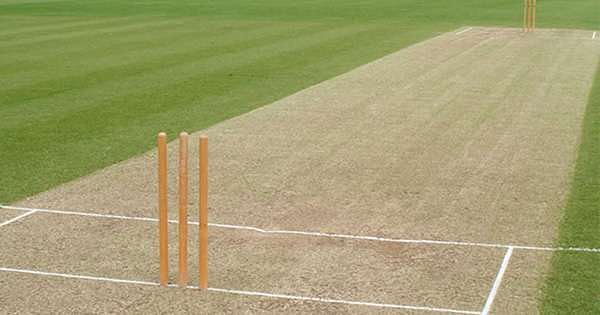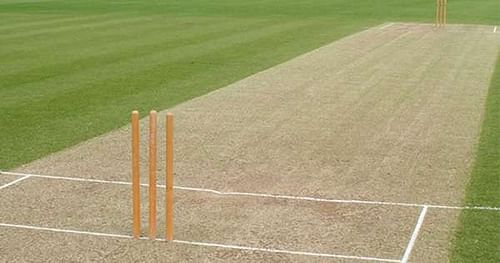
5 takeaways from Pink ball cricket in India
When New Zealand played Australia in the first ever Test match with a pink ball, many theories around the ball and the conditions were doing rounds. Every person had a theory, and everyone was eager to see how the ball would actually behave under lights.
Many theories were mere random yelps, while few others were actually true when the match was played. Taking a cue from this development, Sourav Ganguly decided to introduce pink ball cricket in a league match in Kolkata. The BCCI then decided to hold Duleep Trophy, a premier domestic competition with pink ball under lights and give many International cricketers a firsthand taste of the new commodity in town.
While the matches have been an interesting affair, the bright pink object has been hogging all the limelight as far as debates and deliberations are concerned.
Here in this list, we take a look at 5 talking points from pink ball cricket in India.
#1 Pitches have to be doctored

Adelaide Oval, Eden Gardens and then Noida ground, three different venues but one unifying factor- a green pitch. The reasons are pretty evident, the pink ball and the green seam need proper maintenance and thus a concerted effort is made to leave grass cover on the pitch so that the ball does not scruff up easily and can be used for a longer duration of time.
Thus, the question that is gaping at the administrators is that when Test matches are played in the sub-continent where the pitches are sluggish and dusty, how will the ball maintain its shape and shine. Now, it is a given that Asian countries will not prepare green surfaces, as spinners are their strength, and there is absolutely no harm in playing to your advantages and exploiting home conditions.
A very critical question needs to be looked into, and answers are needed.